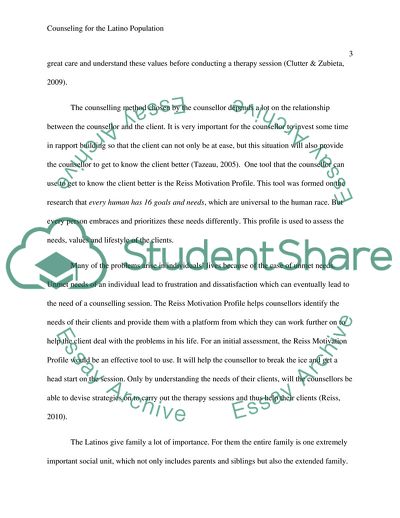Cite this document
(Portfolio for Counseling the Latino Population Coursework Example | Topics and Well Written Essays - 3250 words, n.d.)
Portfolio for Counseling the Latino Population Coursework Example | Topics and Well Written Essays - 3250 words. https://studentshare.org/psychology/1793272-portfolio-for-counseling-the-latino-population
Portfolio for Counseling the Latino Population Coursework Example | Topics and Well Written Essays - 3250 words. https://studentshare.org/psychology/1793272-portfolio-for-counseling-the-latino-population
(Portfolio for Counseling the Latino Population Coursework Example | Topics and Well Written Essays - 3250 Words)
Portfolio for Counseling the Latino Population Coursework Example | Topics and Well Written Essays - 3250 Words. https://studentshare.org/psychology/1793272-portfolio-for-counseling-the-latino-population.
Portfolio for Counseling the Latino Population Coursework Example | Topics and Well Written Essays - 3250 Words. https://studentshare.org/psychology/1793272-portfolio-for-counseling-the-latino-population.
“Portfolio for Counseling the Latino Population Coursework Example | Topics and Well Written Essays - 3250 Words”. https://studentshare.org/psychology/1793272-portfolio-for-counseling-the-latino-population.


